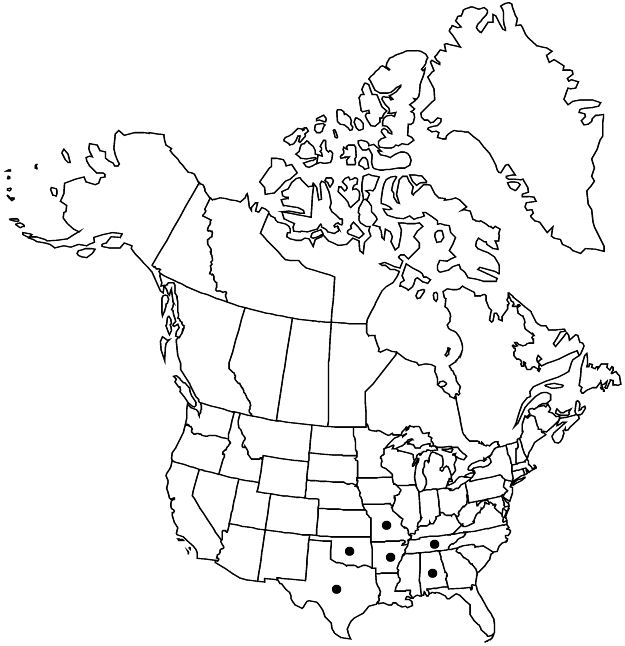Phyllanthopsis phyllanthoides
Kew Bull. 63: 47. 2008.
Shrubs, monoecious (often apparently dioecious), 5–10 dm. Stems sparsely branched, branches ascending, longest leafy branchlets to 30 (–55) cm. Leaves: petiole 0–1 mm; blade elliptic or obovate to orbiculate, 7–25 × 6–20 mm, base cuneate to cordate, apex acute to rounded or mucronate, abaxial surface glabrous or pilose, adaxial surface glabrous or midvein pilose; secondary-vein pairs 4–7, clearly visible. Inflorescences: staminate flowers solitary or 2 (–4) per fascicle; pistillate flowers usually solitary, rarely 2 per fascicle. Staminate flowers: sepals elliptic or oblong to obovate, 1.2–2.5 mm; petals 1–2 mm; nectary 5-, 10-, or irregularly crenate; pistillode glabrous. Pistillate flowers: sepals elliptic to obovate, 1.5–3 mm; petals 0.4–0.8 mm; nectary 10-crenate; pistil 3-carpellate. Capsules subglobose, 3.6–6.5 mm diam., shallowly 3-lobed; columella 2.5–3 mm. Seeds orange to brown, sometimes mottled, 1.8–3.5 mm; caruncle usually absent, sometimes present, white to pale orange, 0.5 mm diam. 2n = 26.
Phenology: Flowering and fruiting May–Sep.
Habitat: Exposed areas, riverbanks, open woodlands, limestone and dolomite.
Elevation: 0–200 m.
Distribution

Ala., Ark., Mo., Okla., Tenn., Tex., Mexico (Nuevo León)
Discussion
Phyllanthopsis phyllanthoides is morphologically variable, common in parts of its range, and sometimes cultivated as an ornamental.
Selected References
None.
Lower Taxa
"connate" is not a number."/2" is not declared as a valid unit of measurement for this property.